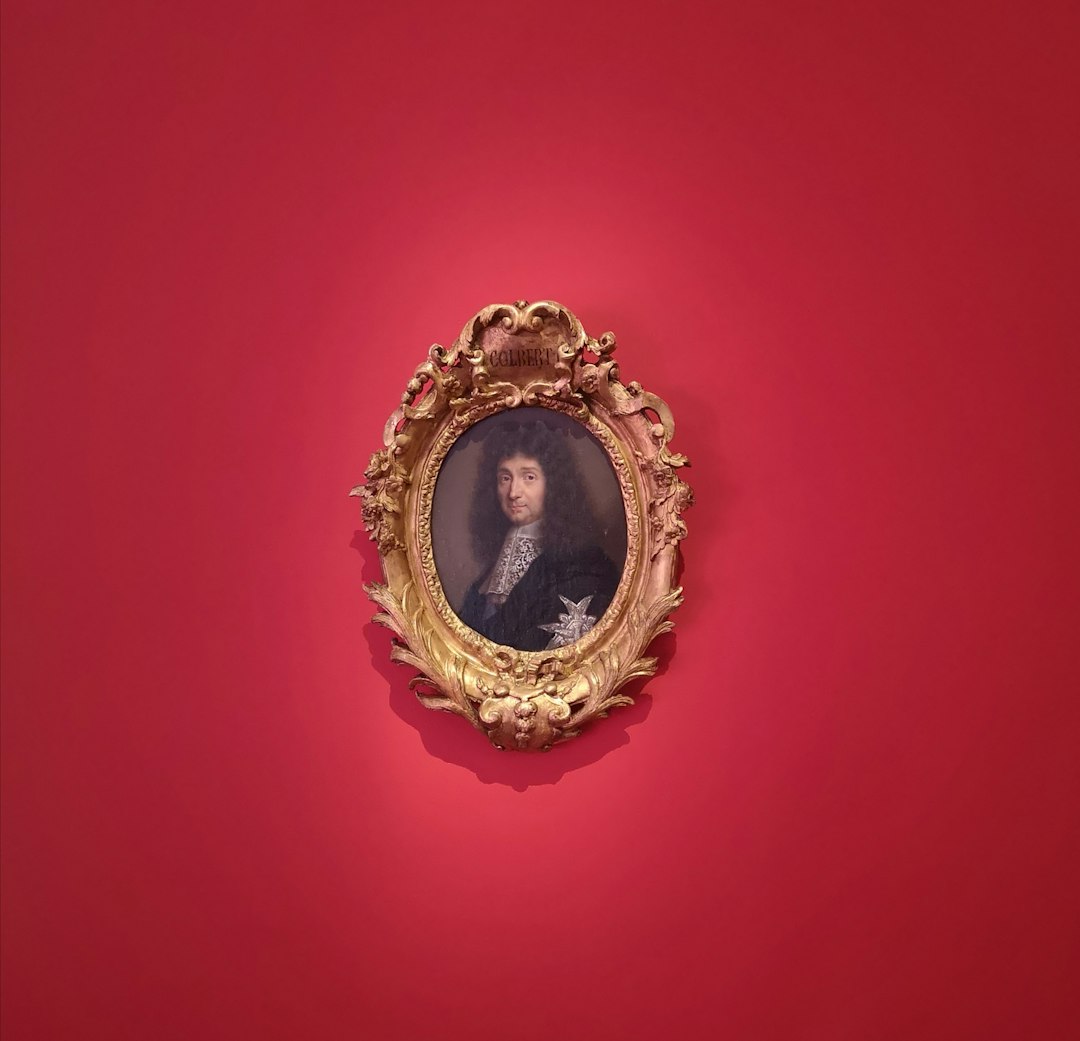Capturing the Essence of Culture through Traditional Dance Forms
Dance has always been an integral part of human expression and communication. Through graceful movements and rhythmic patterns, dancers convey emotions, stories, and cultural heritage. Traditional dance forms, in particular, hold a significant role in encapsulating the essence of a culture, showcasing its unique traditions, rituals, and values.
Traditional dances are deeply rooted in the history and traditions of a particular region or community, acting as a living testament to its cultural identity. Passed down through generations, these dances are a reflection of a community’s shared experiences, beliefs, and celebrations. They serve as a bridge connecting people across time, allowing us to delve into the rich tapestry of human experience.
One such traditional dance form that captures the essence of culture is the flamenco dance from Spain. Flamenco originated in the Andalusian region and embodies the passion, resilience, and fiery spirit of the Spanish people. Through intricate footwork, sensual movements, and the soulful sound of the guitar, flamenco encapsulates the pain and joy of the human condition. It tells stories of love, heartbreak, and struggle, drawing from the diverse cultural influences that shaped Spain’s history.
Another vibrant example is the traditional dance form of Bharatanatyam from India. This ancient dance form holds immense significance in Hindu mythology and spiritual practices. Bharatanatyam combines rhythmic footwork, facial expressions, hand gestures, and elaborate costumes to narrate tales from ancient scriptures and epics. It showcases the devotion, grace, and traditional values deeply ingrained in Indian culture.
Traditional dance forms not only express the cultural essence but also act as a means of preserving and passing on cultural heritage. They are a repository of history and tradition, ensuring that the collective wisdom and knowledge of a culture are not lost with time. Through the preservation of these dance forms, communities can connect with their roots and maintain a sense of their cultural identity.
In addition to preserving cultural heritage, traditional dances also foster a sense of unity and community. They bring people together, breaking down barriers of social status, age, and language. In many cultures, traditional dances are performed during festive occasions, weddings, or religious ceremonies. These communal performances create a sense of belonging and camaraderie, as individuals come together to celebrate their shared cultural identity. Through dance, people can connect not only with their own community but also with other cultures, fostering mutual understanding and appreciation.
Moreover, traditional dance forms offer a glimpse into the daily lives and rituals of communities. For example, the Maasai tribe in East Africa utilizes dance as a tool for storytelling and communication. Their vibrant dances, accompanied by rhythmic chanting and masterful jumping, showcase the tribe’s hunting techniques, courtship rituals, and traditions. Through these dances, we gain insight into their values, beliefs, and ways of life.
Traditional dance forms also have the power to transcend geographical and cultural boundaries, becoming a global language of expression. In recent years, cultural exchange programs and international festivals have provided platforms for dancers from diverse backgrounds to showcase their traditional dance forms. These cultural exchanges not only promote cross-cultural understanding but also contribute to the preservation and revitalization of traditional dance forms.
In conclusion, traditional dance forms play an essential role in capturing the essence of culture. They carry the weight of history, preserve cultural heritage, and act as a means of communal celebration and unity. Through traditional dances, we not only witness the beauty and diversity of different cultures but also connect with our shared humanity. It is through the graceful movements, rhythms, and rituals of these dances that we can truly appreciate and understand the depth of a culture’s essence.

